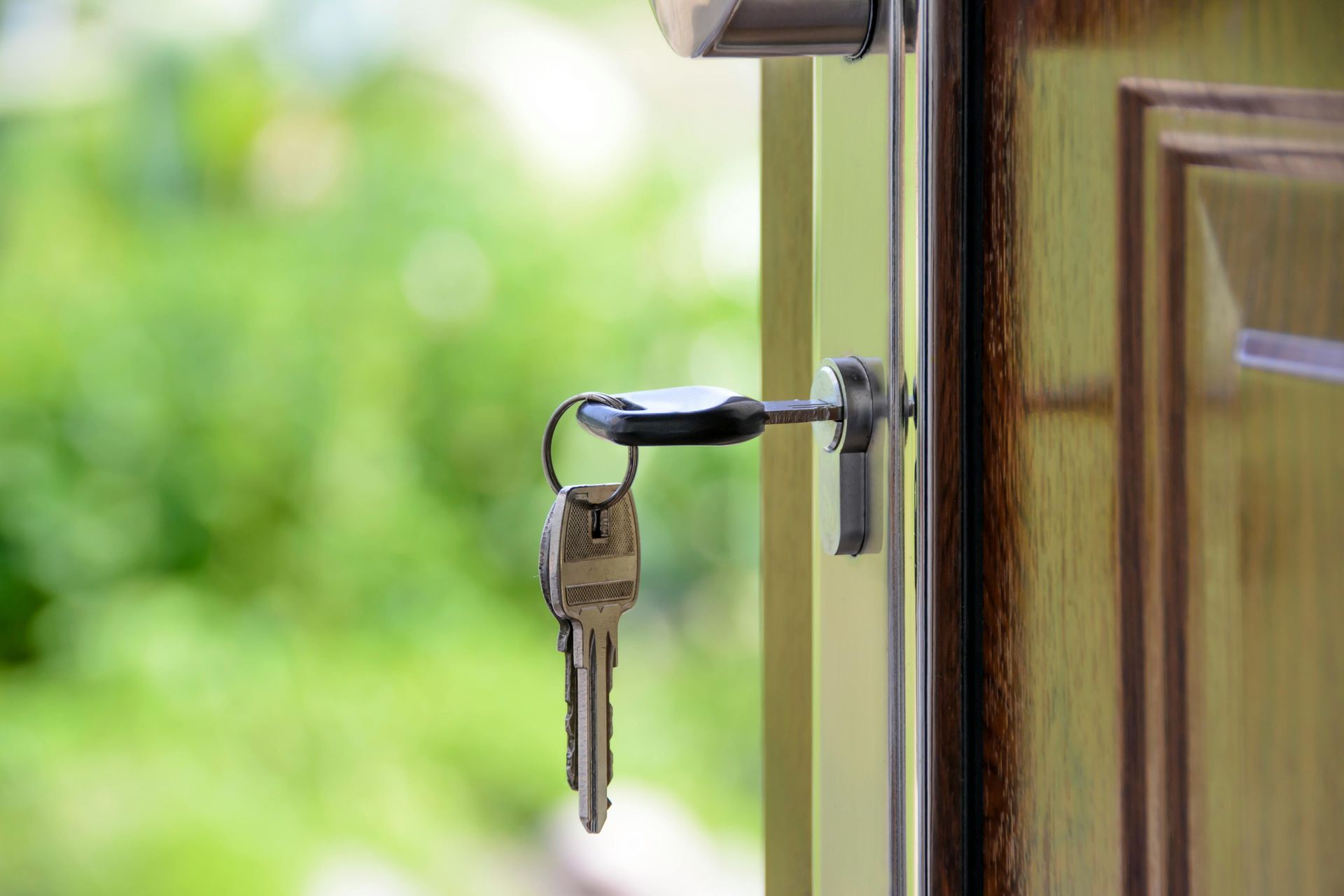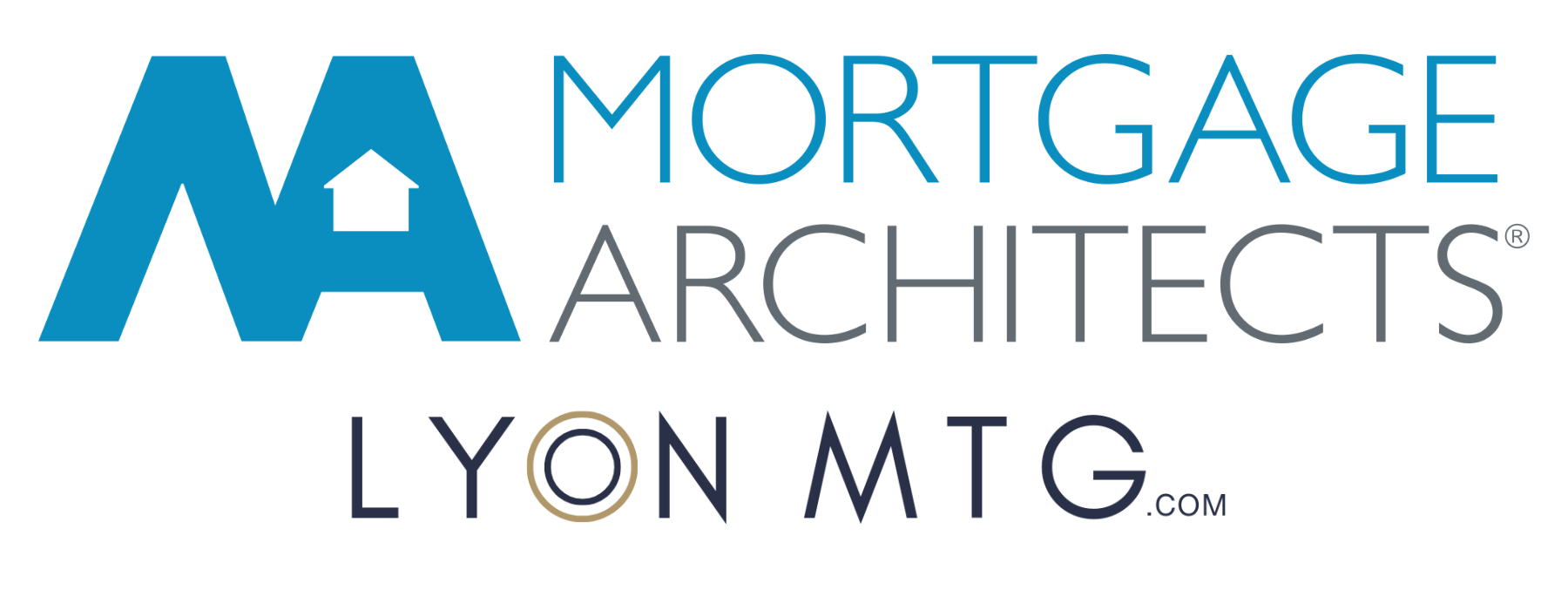Purchase Plus Improvements: Turn a Good Home into Your Dream Home
In today’s housing market, finding a home that checks every box can feel nearly impossible. Maybe the location is ideal, but the kitchen feels dated. Or perhaps the layout is right, but the basement needs finishing. That’s where a Purchase Plus Improvements mortgage comes in—it allows you to buy the house you want and roll the cost of renovations into one simple mortgage. It can even help you qualify for a more expensive home if you use the improvements to add a suite.
What is a Purchase Plus Improvements Mortgage?
A Purchase Plus Improvements mortgage combines the cost of buying a home with the cost of planned renovations, all in one mortgage. Instead of arranging separate financing (like a line of credit), you borrow the funds upfront based on the home’s value after renovations are complete.
How Does It Work?
Here’s the general process:
- Get Contractor Quotes: Before applying, you’ll need detailed quotes for the renovations you want.
- Apply for the Mortgage: Your down payment is based on the improved property value (purchase price + renovations, or the appraised improved value—whichever is lower).
- Close on the Home: At possession, the seller is paid as usual. The renovation funds are held back by the lender.
- Complete the Work: You typically have 90–120 days to finish renovations.
- Inspection & Fund Release: Once work is confirmed as complete, the lender releases the funds (sometimes in stages for larger projects).
Eligible Renovations
Examples of upgrades typically allowed include:
- Kitchen or bathroom remodels
- Flooring and windows
- Roof replacement or repairs
- Furnace/air conditioning upgrades
- Electrical or plumbing updates (like replacing knob-and-tube wiring)
- Basement finishing or waterproofing
- Septic system upgrades
- Decks, patios, or additions
- Adding a rental suite (potential rental income may even help with qualification)
Important Details
- Improvement Costs: Usually $5,000 minimum and up to $100,000.
- Down Payment: Minimum based on the improved value. 5% of the first $500k;
- 10% between $500k and $1.5m
- Timeline: Renovations must typically be completed within 90–120 days of possession.
- Payment Flexibility: For smaller projects (<$40k), you submit invoices for reimbursement. For larger ones, lenders may pay contractors directly in stages.
- Rates: You get the lenders best rates, nothing extra
- Mortgage Insurance: The most competitive programs are insured, meaning they must meet insurer criteria (owner-occupied, income guidelines, etc.). With more than 20% down, uninsured options are possible.
Key Benefits
- One Simple Payment: Combine purchase and renovation costs into a single mortgage.
- Lower Cost Than a Line of Credit: Renovation funds in the mortgage amortize over time, unlike an interest-only LOC.
- Customization: Create the home you want right away instead of “making do.”
- Qualification Help: Adding a rental suite? Future rental income may help you qualify for a larger mortgage.
Important Considerations
- You need to pay contractors upfront or arrange financing until funds are released.
- DIY projects are limited, lenders will only reimburse materials, not your labour.
- If you skip renovations after funding, the renovation funds stay in the mortgage (applied to your principal), but your payment remains the same.
Quick Summary
• Purchase + Reno in One: Finance both with a single mortgage.
•
Improvement Range: $5,000–$100,000 allowed.
•
Upfront Quotes Needed: Contractor estimates required before approval.
•
Timeline: 90–120 days to complete the work.
•
Better Cash Flow: Often cheaper than using a line of credit.
Next Steps
If you’re house-hunting and finding “almost perfect” homes that just need some updates, a Purchase Plus Improvements mortgage could make all the difference.
If you have questions or want to see if this option fits your situation, I’d be happy to walk you through it.
Need help with your mortgage? Book a consultation or call 778-988-8409.
Mortgage Term Glossary
Amortization: The total length of time it will take to fully repay your mortgage (usually 25–30 years in Canada).
Down Payment: The upfront portion you pay when purchasing a home, usually a percentage of the purchase price.
Equity: The difference between your home’s value and what you owe on your mortgage.
Improved Value: The appraised value of a home after planned renovations are completed.
Line of Credit (LOC): A flexible loan where you only pay interest on the amount borrowed. Often used for renovations, but payments are usually interest-only.
Pre-approval: A budget put together by your mortgage broker to show what you can afford.
Purchase Plus Improvements: A mortgage program that lets you finance both the purchase price and renovation costs in one loan.
Stress Test: A rule requiring borrowers to qualify at a higher rate than their actual mortgage rate, ensuring they can handle future increases.





